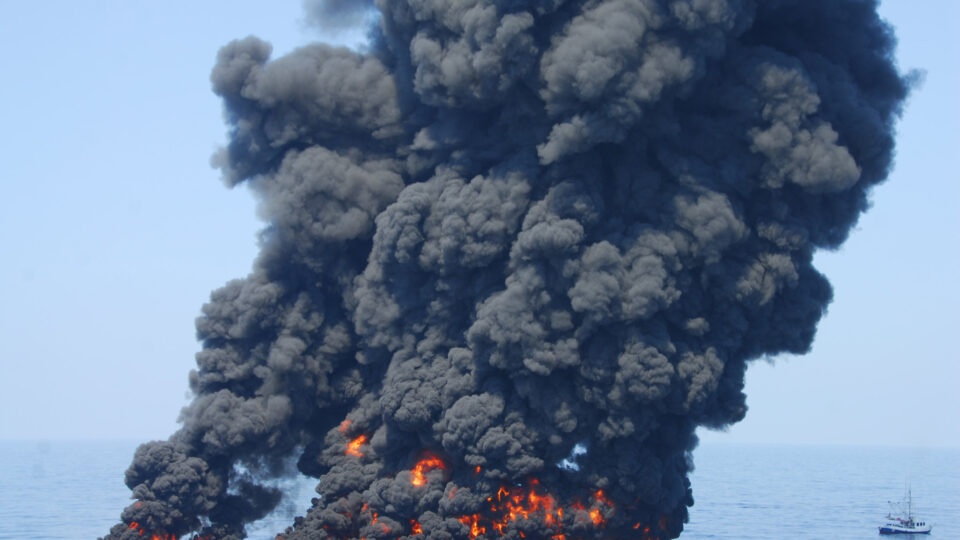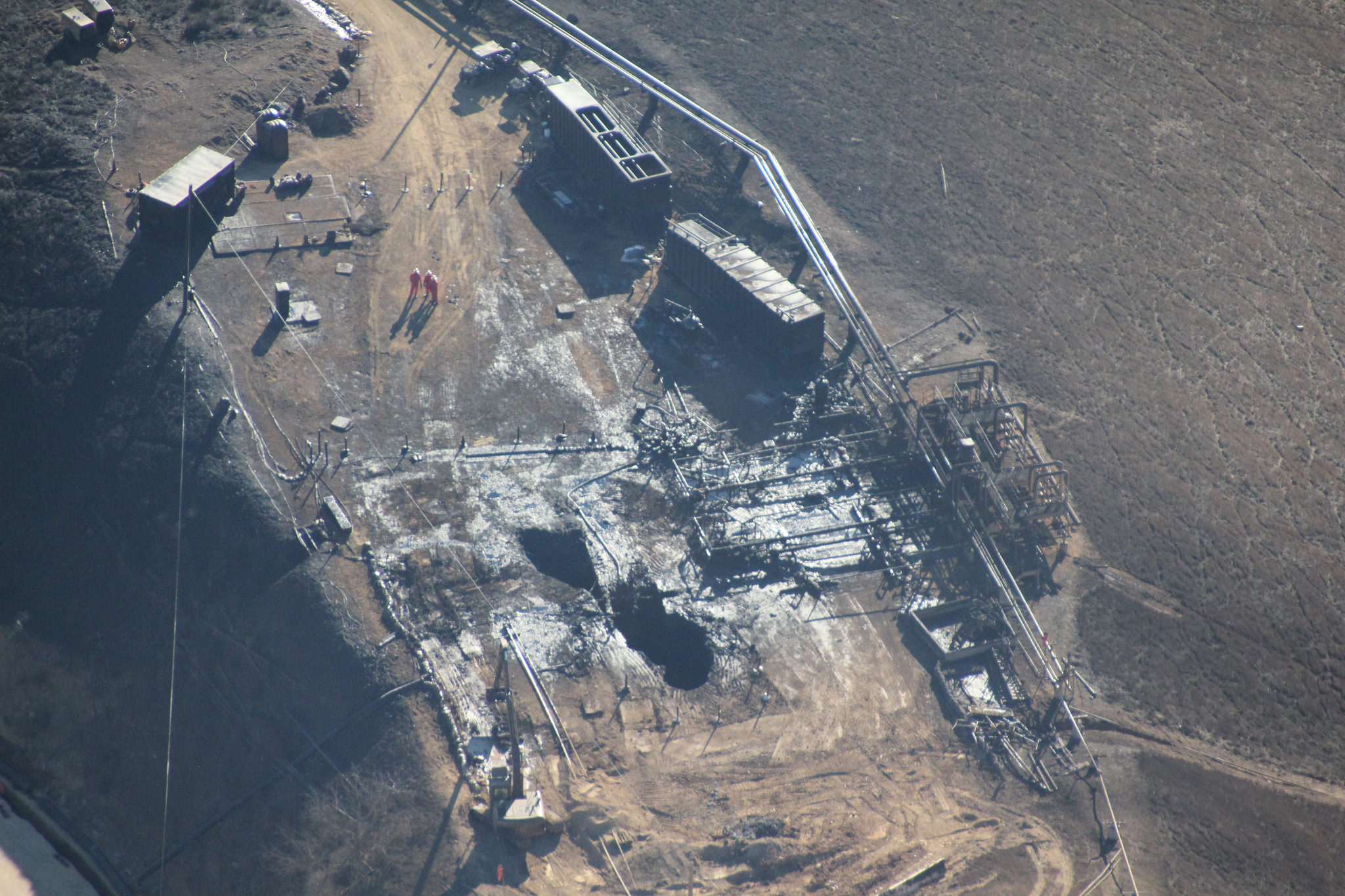About 400 million gallons of oil leaks into the ocean every year. This is a major source of environmental pollution. Oil contains many hazardous compounds that are toxic or mutagenic for marine organisms.
When oil spill incidents occur, large quantities of chemical dispersants, sometimes as much as millions of gallons, are applied to dissolve oil slicks, prevent oil from reaching coastlines, and enhance the dispersion of the oil in the water. The hope for doing this is that microbial oil degradation will be enhanced as a result. Certain microorganisms present in the water can feed on crude oil components and break them down into harmless substances.
A study at the University of Stuttgart in Germany in 2015 showed that chemical dispersants in fact can slow down microbial oil degradation and therefore inhibit water purification. The oil components need to be broken down sufficiently for them to be bioavailable to microorganisms. The study found that dispersants were not accomplishing this.
A new study by the same group along with researchers from the University of Tubingen in Germany and the University of Georgia has found that using biosurfactants rather than chemical dispersants stimulates different microbial oil degraders with respect to their growth and activity and can enhance our ability to deal with oil spills. Treating the water with the biosurfactant rhamnolipid rather than any of the generally-used dispersants provided much higher rates of microbial breakdown of oil components.
The hope is that this work can lead to the development of effective and environmentally friendly approaches to combatting oil spills.
**********
Web Links
Biosurfactants might offer an environmentally friendly solution for tackling oil spills
Photo, posted June 11, 2010, courtesy of Deepwater Horizon Response via Flickr.
Earth Wise is a production of WAMC Northeast Public Radio

